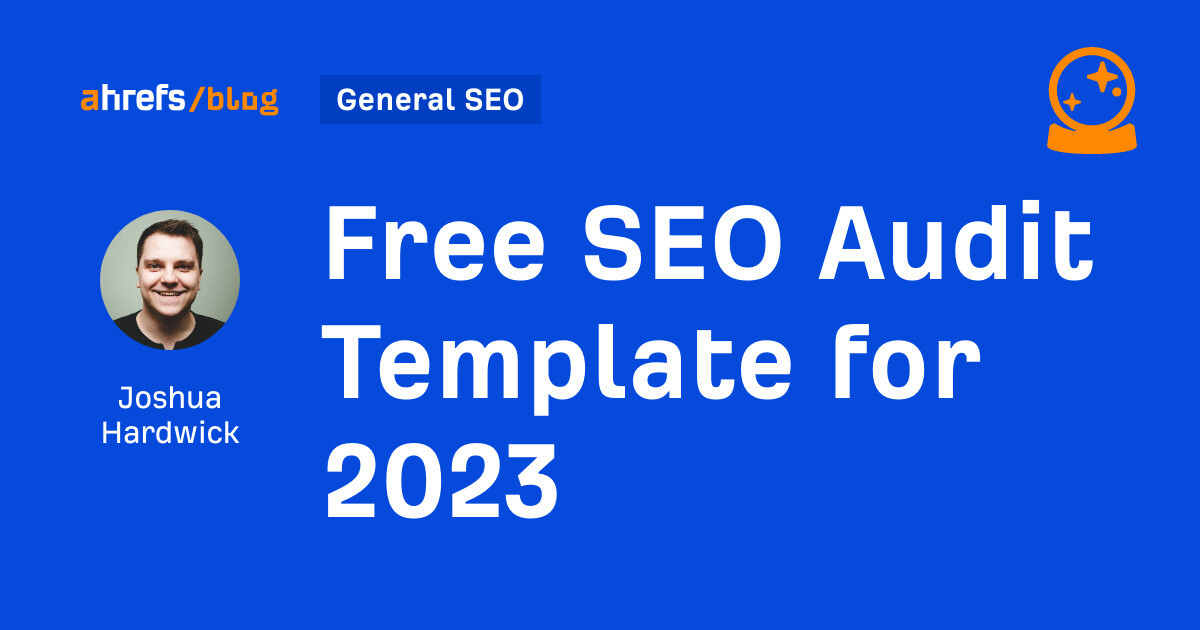SEO
Free SEO Audit Template for 2023

Looking to improve your website’s SEO but don’t know where to start?
Use our free SEO audit template to find SEO issues that need fixing.
Our SEO audit template focuses on finding SEO issues that move the needle—not everything that can go wrong with a website. This is because sweating the small stuff rarely does much for your rankings. It’s better to spend 80% of your time fixing the 20% of things that matter.
It’s also:
Doing an SEO audit for a client?
Our template has 13 items focused on issues in three categories:
Sidenote.
Remember that we’re not focused on finding every issue under the sun here. We’re focused on finding and fixing the stuff that matters. That’s why our template only has 13 steps, not an overwhelming 100-200 like many others. Follow these three simple steps.
Set up a free Ahrefs Webmaster Tools (AWT) account and crawl your website with Site Audit. (Make sure to tick the “Backlinks” option under “Crawl settings” as this is important for one of the checks in the template).
Check off items as you complete them.
You’ll find these in the template. Use them if you’re having trouble following a step or fixing an issue.
Keep an eye on your organic traffic in Google Search Console or Ahrefs’ Site Explorer. Hopefully, fixing the issues in our SEO audit template will lead to some improvement.
I also recommend scheduling regular crawls in Ahrefs’ Site Audit. This will alert you to important SEO issues as they happen so you can fix them before they cause problems.
Got questions? Ping me on X (Twitter).
1. Crawl your website


2. Download and follow the template


3. Get help with further reading links




![How AEO Will Impact Your Business's Google Visibility in 2026 Why Your Small Business’s Google Visibility in 2026 Depends on AEO [Webinar]](https://articles.entireweb.com/wp-content/uploads/2026/01/How-AEO-Will-Impact-Your-Businesss-Google-Visibility-in-2026-400x240.png)
![How AEO Will Impact Your Business's Google Visibility in 2026 Why Your Small Business’s Google Visibility in 2026 Depends on AEO [Webinar]](https://articles.entireweb.com/wp-content/uploads/2026/01/How-AEO-Will-Impact-Your-Businesss-Google-Visibility-in-2026-80x80.png)















